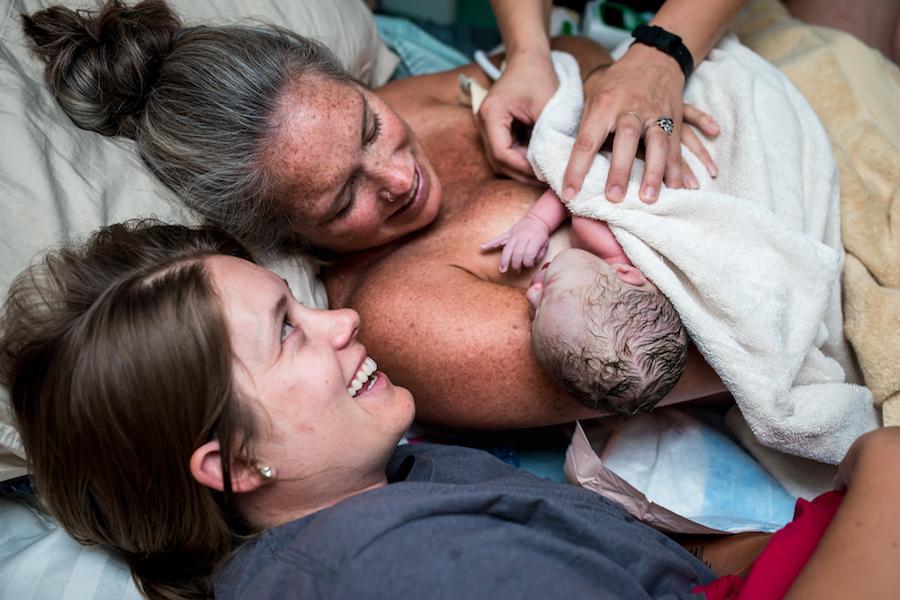Many parents describe the birth of their child as the experience of a lifetime.
As the partner, you can help out in several ways before, during and after childbirth. For the woman giving birth, physical, social and emotional support is priceless toward feeling safe and secure and getting through the birthing process. And all it entails. Providing support to the woman giving birth is a huge matter and not always easy. If it’s the first time, you’re treading on unfamiliar ground.
My best advice is: “Hang on, Hold close and Hold dear”. It can be incredibly frustrating to see the person you love in such a vulnerable situation, one that is both painful and requires patience. It’s not uncommon for the partner to worry firstly about how the woman will manage and secondly about how the baby will make it through labor. It is perfectly natural to feel helpless and the question of, “what can I do” arises.
After the baby is been born most women say, “The most important thing was that you were present and by my side. What you did wasn’t as important.” Obviously, most people like to feel needed, that they can do something concrete to help—but again, the most important thing you can do is to be there.
Things you as partner can consider during delivery:
- Determine well in advance what support she will want during labor, what you can do to encourage her, which words will calm and give her strength
- Make sure you’re always there. Be sensitive to her needs, be affirming, supportive and encouraging as delivery advances
- Help her to be as relaxed as possible, both physically and mentally. Suggest a massage, bath, shower and warm wheat pillows, for instance. Say things that help her relax and feel safe
- Help her to find a good breathing pattern. In through the nose and out through the mouth usually creates a good rhythm. Make sure she does not hold her breathe or hyperventilate (can cause a tingling sensation around the mouth and fingers)
- Suggest and help her get into different birthing positions.
- Keep her informed of what is happening. Keep her present and support her so she doesn’t feel afraid. Boost her self-confidence. Tell her things that she likes to hear
- Try different types of massage, depending on which stage of labor she’s in
- Help her to find the rhythm and go with the contractions. Don’t let the contractions come as a surprise
- If she perspires, help her to freshen up by brushing her teeth, giving her a shower or bath, or wiping her off with cold towels. If she’s freezing, a warm shower, something warm to drink or moving around will help. Remind her to drink water and to stock up on energy by eating. Remind her also to empty her bladder every other hour
- If and when she uses nitrous oxide, help her get in sync when the contractions begin and quickly find the right technique
- If things are not working out with the staff, it’s your job to remedy the situation. Ask to replace staff you feel do not work with you. There is always someone else who can step in.
- Continuously keep the midwife informed about what you’ve talked about regarding the delivery. You’re the person who knows her best.
Sources:
- Abascal, G., & Huss, M. S. (2018). Att föda. Bonnier Fakta.
